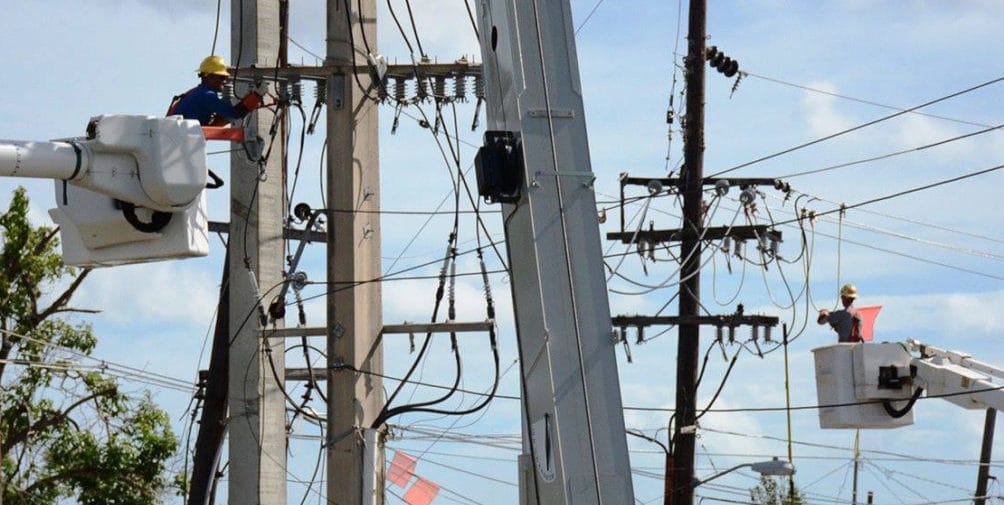A California proceeding aims to “modernize” the electric distribution grid for a “high distributed energy resources future.”
The proceeding is designed to consider “new and improved approaches” to electric distribution planning and operations, “to accommodate the anticipated high growth of distributed energy resources in California,” said Darcie Houck, a commissioner with the California Public Utilities Commission (CPUC), on a CPUC webinar.
Regulators will evaluate how various models for distribution operators may facilitate a high level of distributed energy resources (DERs), and also “unlock” economic opportunities for DERs to provide grid services, limit market power, reduce ratepayer costs, increase equity, support grid resiliency, and meet state policy objectives.
Essential roles for the reliable operation of a distribution grid could be met in various ways under various models for distribution operators, said consulting economist Lorenzo Kristov, on the webinar. He said one possibility is that the distribution grid would be operated by an entity other than the distribution grid owner, which owns the wires and transformers.
The CPUC has launched a public engagement process as part of the proceeding “to ensure that all of California is able to benefit from the energy transition,” said Houck. “DERs, particularly load flexibility and electric vehicles, are going to be a huge part of that, and we have to make sure that we’re working with everyone to achieve these goals.”
“The rulemaking is not attempting to put our finger on the scale of what we think is the right amount of DER,” said Gabriel Petlin, a supervisor with the CPUC’s energy division. “We are agnostic as to the levels of DER adoption, but we recognize that it is a wave of increasing penetration that is going to happen.”
On a parallel track, the California Energy Commission (CEC) has launched an investigation on the role of DER in California’s energy future that is focused on “maximizing the potential of DER,” said Tom Flynn, a senior electrical engineer with the CEC’s energy assessments division, on the CPUC webinar. The CEC proceeding will explore policy options to “grow DER,” said Flynn, and aims to “capture the full range of potential benefits that DER brings.”
The CPUC and CEC are working collaboratively on the CPUC proceeding, Houck said.
The CPUC webinar follows a March 2022 white paper titled “Evaluating alternative distribution system operator models for California,” prepared by Gridworks, whose website says it is lead facilitator of the CPUC’s “high DER” stakeholder process.
Eleven groups jointly responded to that white paper, challenging the proposed community engagement process, in a slide deck provided as an attachment to the CPUC’s webinar notice.
This content is protected by copyright and may not be reused. If you want to cooperate with us and would like to reuse some of our content, please contact: editors@pv-magazine.com.








By submitting this form you agree to pv magazine using your data for the purposes of publishing your comment.
Your personal data will only be disclosed or otherwise transmitted to third parties for the purposes of spam filtering or if this is necessary for technical maintenance of the website. Any other transfer to third parties will not take place unless this is justified on the basis of applicable data protection regulations or if pv magazine is legally obliged to do so.
You may revoke this consent at any time with effect for the future, in which case your personal data will be deleted immediately. Otherwise, your data will be deleted if pv magazine has processed your request or the purpose of data storage is fulfilled.
Further information on data privacy can be found in our Data Protection Policy.